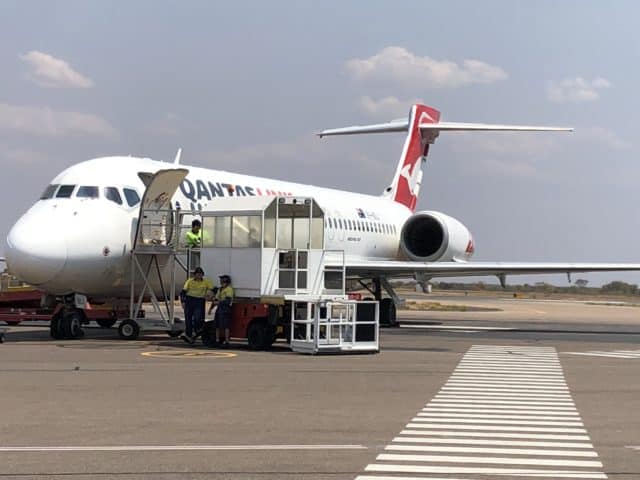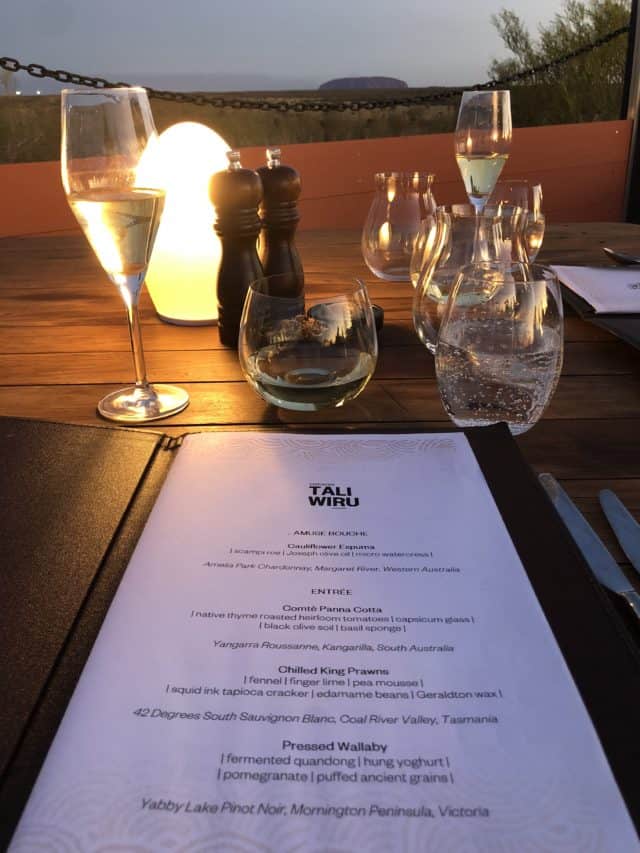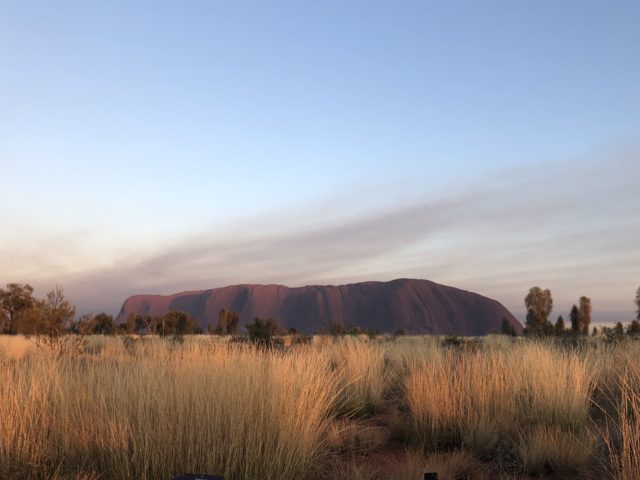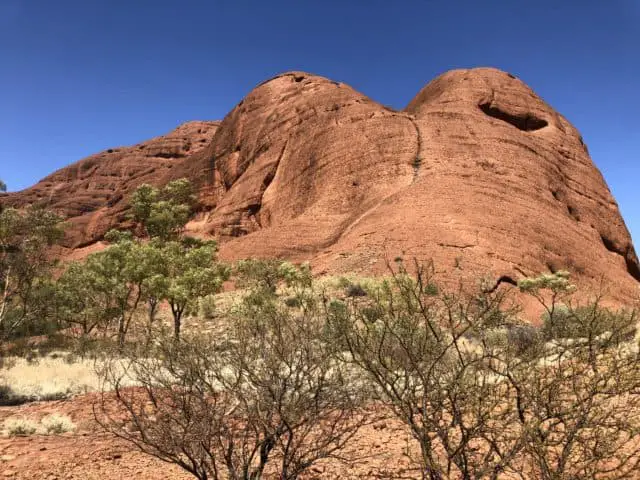
Oh dear, how many accounts should one have?
I already have an everyday (checking) account, an emergency fund, a travel fund and an investment fund. So, a grand total of four separate bank accounts.
A sinking fund will be the fifth account.
I don’t like to overcomplicate my every day finances. For example, all my utility bills are automated – amounts are direct debited out of my checking account when they fall due.
So, what is a sinking fund?
Technically, a sinking fund is when a company sets aside funds or ‘sink’ funds into an account to pay for upcoming debt repayment or tax etc. I am using this terminology loosely for my own purpose as I am neither a company nor do I have upcoming debt repayment as such.
What I do have is annual bills …
These bills either cannot be paid monthly as in they do not give me that option. Or that monthly payment options cost extra in the long run. Or that I just cannot be bothered to pay monthly where a monthly option does exist.
These bills include my annual professional registration fee, professional association fee, indemnity insurance, health insurance, home and contents insurance (lots of insurances!) and council rates. They do not include monthly telephone or quarterly utility bills.
… and ‘can’t be predicted for’ home maintenance or improvement costs
One of my largest expense in 2018 was the erection of new fences on my property and the resulting gardening work. I admit I had been putting it off for several years until they were literally falling over.
Somehow, in my mind I naively assumed that once my mortgage was paid off, that was the end of my needing to invest in my home. So I was neither mentally prepared for this expense nor had I taken it into consideration.
Plus I took advantage of the state government’s solar rebate scheme to install solar panels on my roof several months after the new fences were done. I had to pay for the system up front and then claim back the rebate (which is about 50% of costs so it was a good deal). At the time of writing, I still have not received the promised rebate.
Shock, horror! I don’t have a budget
I don’t like budgets, never did and never will! Before discovering FIRE (Financial Independence Retire Early or really Earlier, in my case), I always made sure I had enough money to cover my mortgage and bills then spent whatever I like on whatever I like. Pretty simple!
After discovering FIRE, I still don’t have a budget. The difference now is that I want to invest, invest and invest. I obsess with how much to save towards that goal, doing the sums over and over again.
As a result, I invested most of what I had in my checking account into the stock market at the start of my FIRE journey.
What I should have done is set aside three months of expenses as my emergency fund and then invest the balance in the stock market. By the way, that is the collective wisdom of the personal finance world.
But I was in a hurry – you know, turning 47 was the end of the world and time was running out. I was missing out on all the compounding interest blah blah blah.
So, I over committed a little too much in the stock market in my early enthusiasm.
Because I am a ‘buy and hold’ investor, I will not sell my shares just to meet a cash shortfall. They are for my retirement one day. I am depending on the passive income that will be generated from the dividends I will receive – that is the theory, anyhow.
Which leaves me feeling I live paycheck to paycheck thereafter!
I know technically I am not living paycheck to paycheck. I mean no disrespect to people who are struggling to put food on the table and pay their bills.
What caused me stress was not my every day expenses as such but the big annual bills plus home maintenance costs. I forgot to take them into consideration when setting up my automated deductions into my various funds.
So in some months when the large bills arrived, I did not have enough money in my checking account. Which meant I had to raid one of the other funds to pay for them. Just to be clear, I did not go into debt to pay these bills.
Some of my online high interest savings accounts have rules whereby bonus interest is only paid when money is not withdrawn that month. This meant that I missed out on the bonus interest in some months.
To avoid this, I then raided the investment fund instead as that account did not have the bonus interest rules. (It had other rules which were easy to fulfil so no drama there)
Now this stresses me out! I detest seeing balances of various funds decline. But worse still, I now didn’t have money available to buy ETFs (Exchange Traded Funds) or LICs (Listed Investment Companies) as planned. Missing out on all that compounding interest again!
Plus juggling and readjusting automated deductions is a pain in the backside. After all, automating deductions is supposed to be a set and forget tactic.
Enter the sinking fund …
I have been tracking my expenses for the last ten months. I now have a better picture of my expenses including the predictable annual bills.
So I add up all these annual bills plus an extra $3000 for unforeseen home maintenance costs and divide this amount by 52 weeks. And set up automated deduction of this amount weekly into my new sinking fund account.
Therefore I know I will not experience ‘bill shock’ in this coming year. It will just be a matter of accessing my sinking fund to pay the specific large annual or home maintenance bill when they fall due.
Funds in my checking account will be used for normal living expenses such as grocery, utility bills etc.
And best of all, I will not lose any bonus interest. Plus I will have a more realistic amount to regularly invest in the stock market. Yay!!










